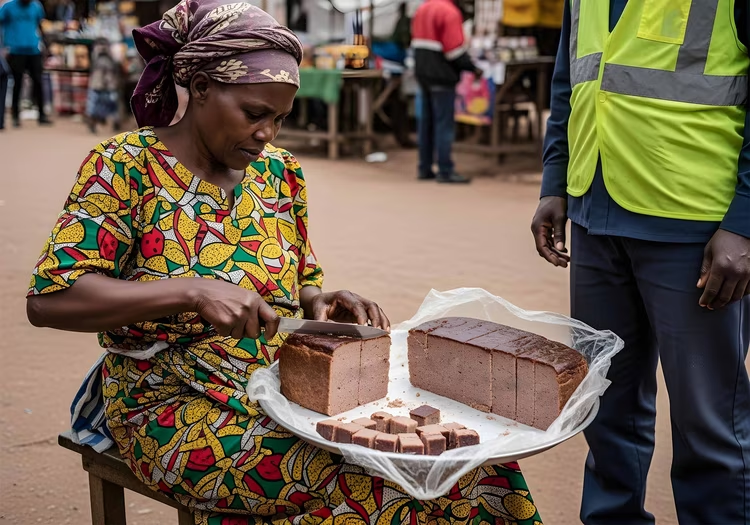Zambia’s streets are alive with pans, braziers, and the irresistible aroma of local delicacies. Beyond convenience, street food is a lifeline for vendors and a cultural cornerstone for communities.
Rapid modernisation has transformed Zambia’s leisure scene, with malls and restaurants offering new experiences.Yet, street food remains a cornerstone of culture, a blend of joy, nostalgia, and necessity. Each new mall brings novel shopping experiences, and each new restaurant a new culinary adventure.But what has remained a staple in both Zambian culture and cuisine has been the joy and nourishment that can be found in street food.
From hearty shawarma to doughy vitumbwa. Roasted maize blackened from the coal of the brazier, potatoes sweet and soft, white chalky cassava sided with salted groundnuts. The street food of Zambia provides a tasty and homely culinary experience for commuters while serving as an important source of income for the vendors.
The History of Street Food in Zambia
Street food has been a part of Zambian culture long before the country had the name. Centuries ago, when traditional markets were the standard, these vendors sold hot foods and spices and placed themselves near transport centres to cater to travellers on long journeys.
In the colonial era, street food became a way for citizens to acquire a livelihood and support themselves through sales. Light meals and snacks were sold on the streets in public places from portable stalls.

Current Climate
Street vendors are often controversial in Zambia, criticised for contributing to urban clutter. Yet their role is far more nuanced. But as Sampo Cleopas Gabriel stated in his dissertation, "An Ethical Assessment of Street Food Vending in Lusaka’s Central Business District, street food vendors ensure their food security by participating in the trade. Many vendors did not have the opportunity to receive a formal education, and food vending allows them to make a living on their terms while expanding on their ingrained cultural roles."
The people they provide for also have access to a convenient and affordable source of cooked local foods, and the practice of food contributes to the economic survival of both the vendor and the buyer.
Traditional Street Foods to Try
Chikanda
Sometimes referred to as African polony, Chikanda is a reddish dish with a spongy yet meaty texture. Composed of groundnuts, wild orchids and spices, Chikanda is a traditional dish that was formulated during times of famine when new dishes were needed for the sake of survival. But now it serves as a tasty everyday snack and a staple at street food stalls.

Vitumbwa
Vitumbwa, a cheap, doughy delight, is Zambia’s answer to comfort food. Crisp on the outside, fluffy within, these fritters pair perfectly with a cup of tea. A round, warm and addictive snack with the consistency of a doughnut and perfect with a cup of tea. Also known as fritters, the snack is deep-fried, widely available and tasty enough to fit the standard for both breakfast and dessert.

Groundnuts and Cassava (Tute ne Mbalala)
Two staples of Zambian cuisine in their respective rights, cassava—a starchy nibble that serves as a base for many wholesome dishes—increases its flavour and finds the perfect complement to its texture when roasted and served alongside salted groundnuts. Both a nutritional hit and served at family functions such as weddings, this perfect pairing is also widely available as a street food delight.
Tips When Purchasing Street Food
- When looking for a vendor to purchase from, always aim to purchase from the most popular ones. The high turnover rate means the food has a higher chance of being fresh.
- During health crises, opt for freshly cooked meals or avoid street food where hygiene is uncertain.
- When purchasing hot foods, focus on ones that you can watch being cooked in front of you.








